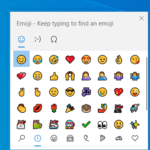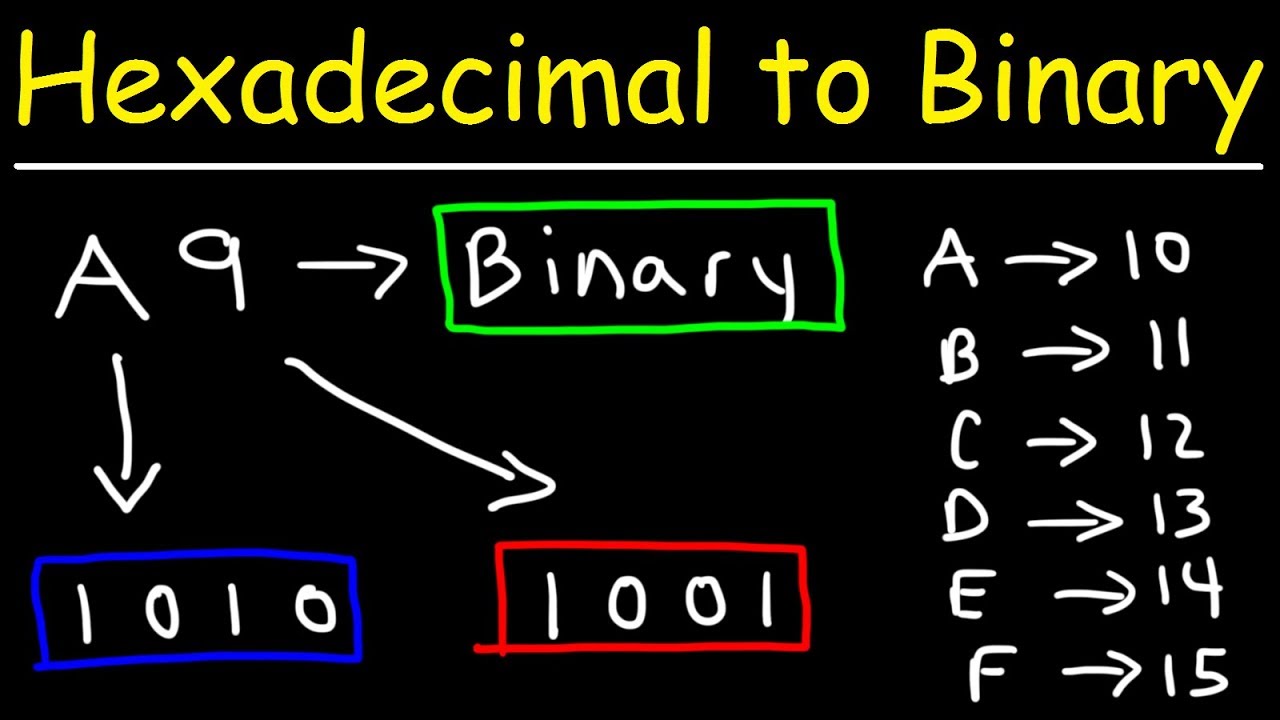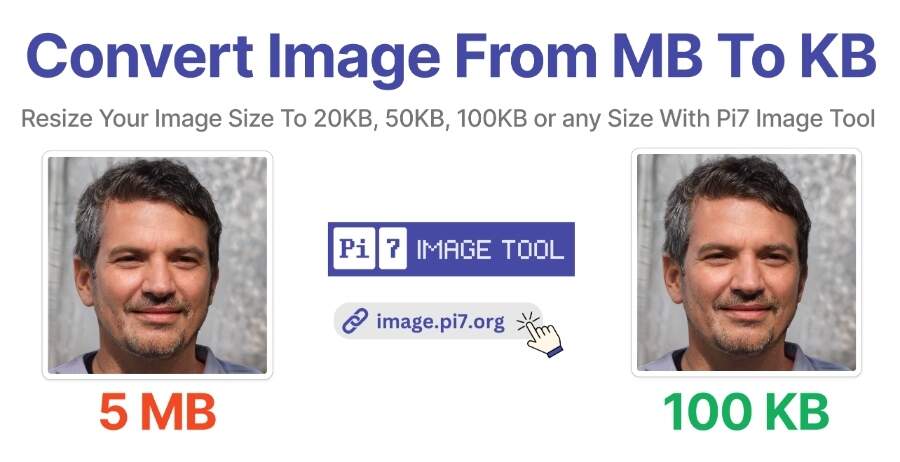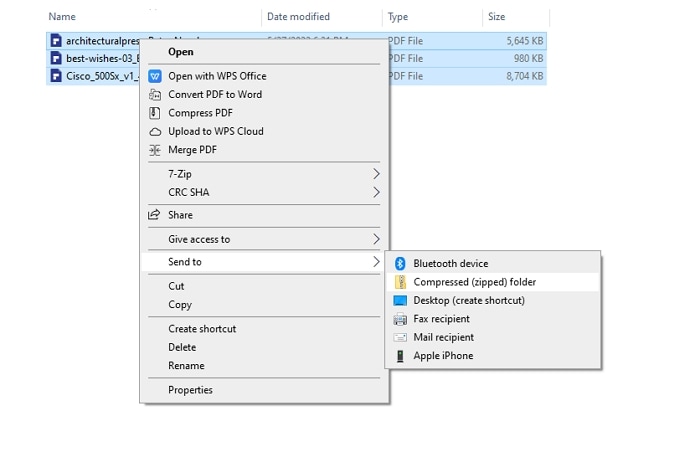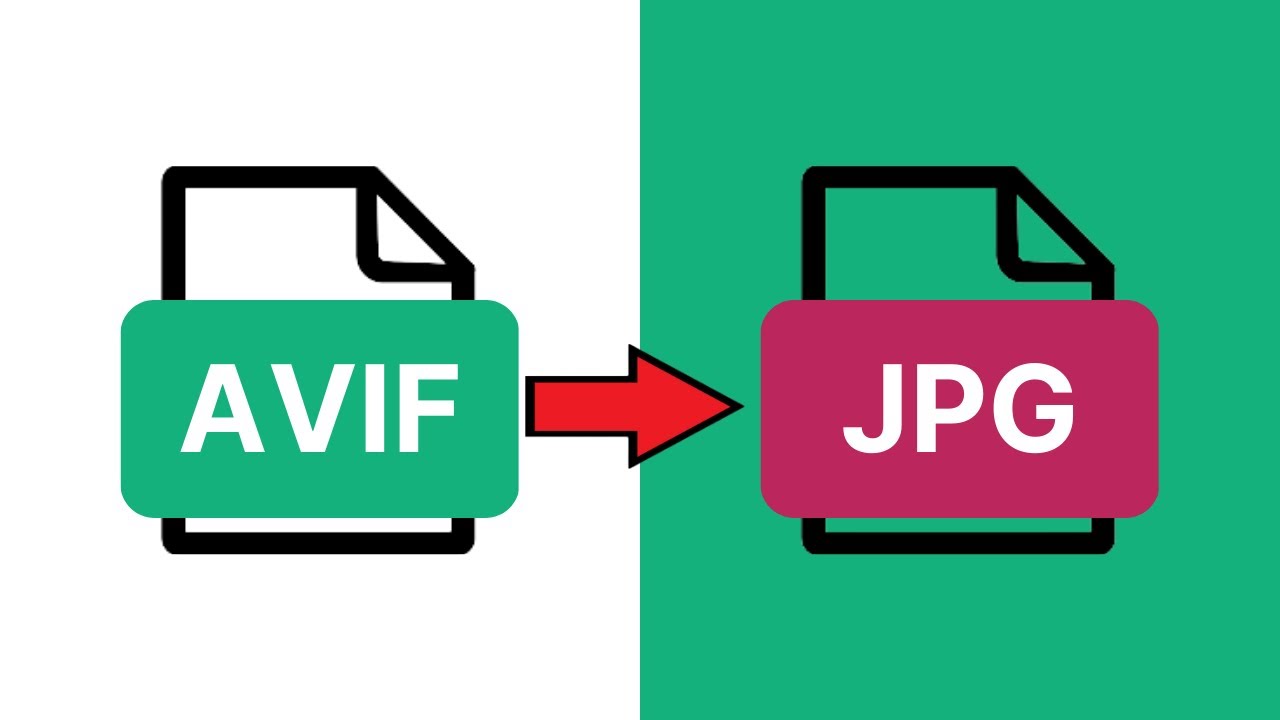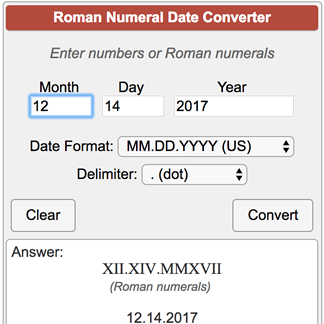When it comes to computer science and digital systems, understanding how numbers are represented is crucial. The hexadecimal to binary converter [100% Free] is a tool that simplifies this aspect. It allows for quick conversion between two fundamental numeral systems used extensively in computing: hexadecimal and binary.
Hexadecimal numbers, with their base-16 system, offer a more human-friendly representation of binary-coded data. Binary numbers, consisting only of 0s and 1s, are the core language of computers. Converting between these two systems is not just an academic exercise but a practical necessity in low-level programming and data analysis.
Hex to binary converter – convert hex numbers to binary numbers
The hexadecimal system uses a set of 16 symbols, which range from 0 to 9 and A to F. The binary system, on the other hand, consists of just two symbols: 0 and 1. A hex to binary converter performs the task of translating the hexadecimal symbols into binary digits, which are known as bits.
The conversion process is essential for various computing tasks, such as debugging software or understanding communication protocols. By translating hexadecimal to binary, one can get a more detailed view of how data is structured and processed at the machine level.
With the rise of user-friendly online tools, converting hex numbers to binary has become more accessible than ever. These tools eliminate the need for manual calculations and ensure that even those with a basic understanding of numeral systems can perform conversions quickly and accurately.
How to convert hex to binary?
To convert a hexadecimal number to binary, one must understand the relationship between the two bases. Each hex digit corresponds to a four-bit binary sequence. For example, the hex digit ‘A’ translates to ‘1010’ in binary.
The conversion is achieved by replacing each hex digit with its binary equivalent. For longer hexadecimal numbers, this can be done digit by digit. The result is a binary number that represents the same value as the original hexadecimal number, but in a format that computers can process directly.
![Hexadecimal to Binary Converter [100% Free]](https://anisuka.com/wp-content/uploads/2025/08/hexadecimal-to-binary-converter-100-free-1.jpg)
Online hexadecimal to binary converters provide a straightforward interface for this task, where users simply enter the hex number and receive the binary equivalent instantaneously.
What is a hexadecimal number?
Within the numeral systems, a hexadecimal number is one that operates on a base-16 scale. It uses sixteen distinct symbols, which include the numerals 0 to 9 to represent values zero to nine, and the letters A to F to represent values ten to fifteen.
Hexadecimal is particularly useful in computer science because it offers a more compact representation of binary numbers. Each hexadecimal digit corresponds to exactly four binary digits, which makes hex to binary conversion particularly straightforward.
Why is it important to convert hexadecimal numbers to binary?
Converting hexadecimal numbers to binary is critical for several reasons. Firstly, it aids programmers and engineers in understanding and debugging at the bit level, as binary is the fundamental language of computers.
Furthermore, binary data is used in the design of hardware, such as microprocessors and memory systems. For these applications, hexadecimal provides a shorthand notation that can be converted into the exact binary sequences needed for instruction encoding and data storage.
How to manually convert a hexadecimal number into a binary number?
Manually converting a hexadecimal number into a binary number can be done by using a simple correspondence table. Each hexadecimal digit corresponds to a unique four-bit binary number. By mapping each digit to its binary counterpart, the entire hexadecimal number can be converted into binary format.
 Percentage decrease calculator – Find loss, drop in %
Percentage decrease calculator – Find loss, drop in %For example, consider the hexadecimal number ‘1A3’. The conversion process would involve converting ‘1’ to ‘0001’, ‘A’ to ‘1010’, and ‘3’ to ‘0011’. The final binary number would be ‘000110100011’.
![Hexadecimal to Binary Converter [100% Free]](https://anisuka.com/wp-content/uploads/2025/08/hexadecimal-to-binary-converter-100-free-2.jpg)
The process, while simple, can be tedious for long sequences, which is why many turn to online converters for quick and error-free conversions.
What is the range of hexadecimal numbers?
The range of hexadecimal numbers starts at 0, which is the lowest, and goes up to FFF…F, where the number of Fs can continue infinitely in theory. However, in practice, the range is usually limited by the context in which the numbers are used, such as 32-bit or 64-bit computer architectures.
In the context of a 32-bit system, the range of representable hexadecimal values goes from 0x00000000 to 0xFFFFFFFF. This allows for a wide range of values to be represented in a compact, human-readable form.
Can I convert negative hexadecimal numbers to binary?
Yes, negative hexadecimal numbers can be converted to binary using the concept of two’s complement, which is a method for representing signed integers. In this system, the most significant bit (MSB) signifies whether a number is positive (0) or negative (1).
To convert a negative hexadecimal number to binary, one must first find its positive counterpart, convert it to binary, and then apply the two’s complement operation. This involves flipping all the bits and adding one to the resultant binary number.
Related Questions on Hexadecimal and Binary Conversions
How to convert hex to binary?
To convert hex to binary, one needs to map each hexadecimal digit to its 4-bit binary equivalent. This can be done using a hexadecimal to binary conversion table or an online converter tool. For instance, the hexadecimal ‘7B’ translates to the binary ‘01111011’.
Online tools simplify this process by providing instant conversion without the need for manual calculations. They are particularly useful for large hexadecimal numbers that would be time-consuming to convert manually.
![Hexadecimal to Binary Converter [100% Free]](https://anisuka.com/wp-content/uploads/2025/08/hexadecimal-to-binary-converter-100-free-3.jpg)
What is a hexadecimal number?
A hexadecimal number is a numeral in the base-16 system, which uses sixteen distinct symbols. It serves as a bridge between human-readable notation and machine-readable binary, facilitating easier programming and debugging.
Why is it important to convert hexadecimal numbers to binary?
Converting hexadecimal to binary is important in computer science because it provides clarity on how data is processed at the bit level. It is especially crucial for low-level programming, hardware design, and protocol analysis.
Can I convert negative hexadecimal numbers to binary?
Yes, negative hexadecimal numbers can be converted to binary through two’s complement. This involves converting the positive equivalent to binary, flipping the bits, and adding one to obtain the negative binary representation.
Check out this insightful video for a visual explanation of converting hexadecimal numbers to binary:
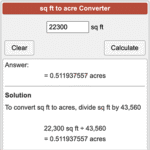 Area converter | Online acre, square meter & hectare …
Area converter | Online acre, square meter & hectare …In conclusion, whether you are a programmer, a student, or just someone interested in computer science, understanding how to convert hexadecimal to binary—and vice versa—is a valuable skill. With the availability of 100% free hexadecimal to binary converters online, this task is now more accessible than ever, empowering users to tackle complex data representation challenges with ease.


